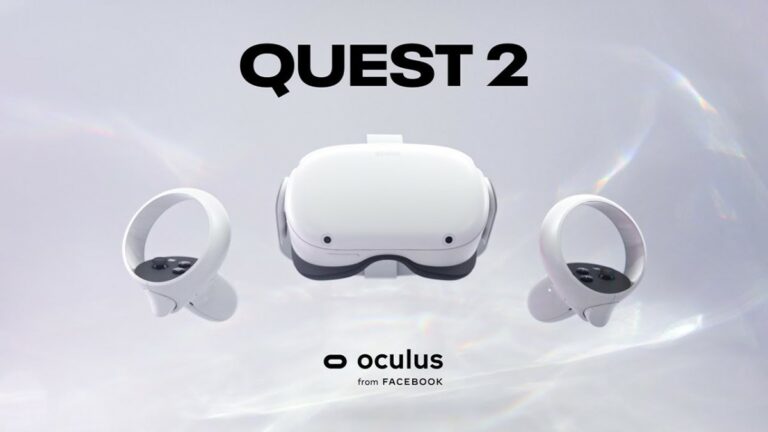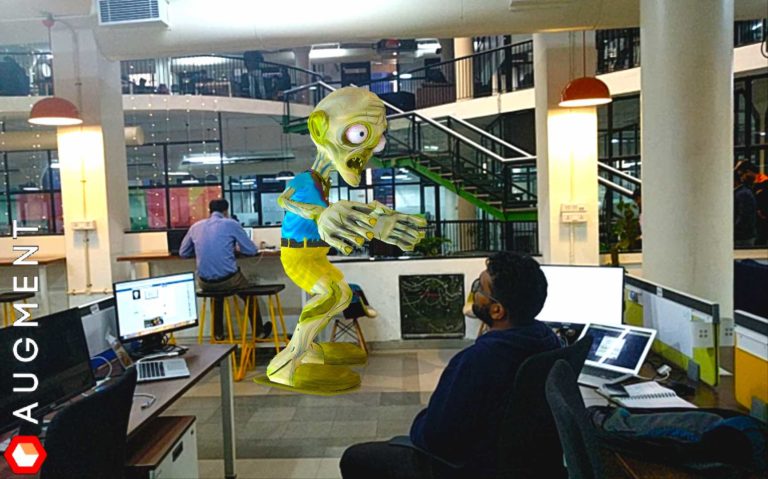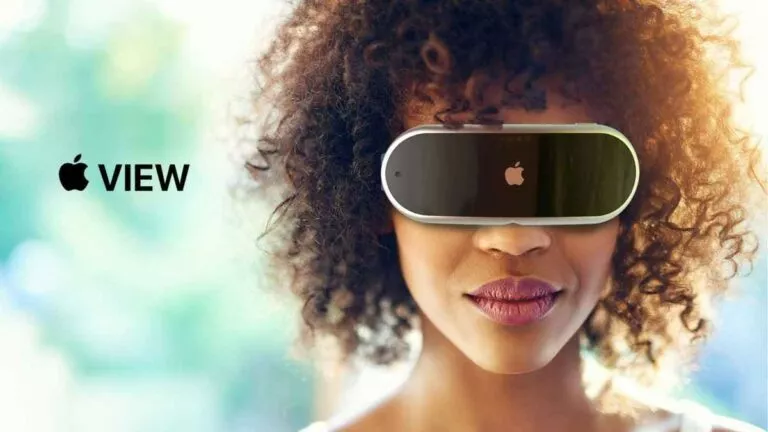How I Lived A Week In The VR Metaverse

Over the past few months, many tech companies have shared their latest developments towards the VR/AR Metaverse. This new frontier in technology has taken the entire industry by storm. The first to adapt to this new trend was Facebook; the company even went as far as changing its name to Meta to be seen as a Metaverse company rather than a social media company.
But what exactly is Metaverse?
Think of the Metaverse as a digital representation of the internet where you can interact with things using your virtual avatar. The best visual representation of this idea would be something like the Oasis in Ready Player One or Sword Art Online. Even though it is said that it might take 4-5 years to develop the Metaverse, a crude form of it still exists in Virtual Reality (VR).
How does Metaverse feel?


I committed myself to seeing what a future filled with VR, AR, and the Metaverse might look like in day-to-day life. Thankfully I owned a Quest 2 VR headset, which I used as much as I could for work, entertainment, and socializing. So to answer how it feels to live in the Metaverse, I lived a whole week in the VR, and here’s what I learned.
Working in VR Metaverse (Semi-efficient)
I have to say it wasn’t exactly a smooth transition from my PC to VR, but it had its moments. Would you be surprised if I told you I wrote this whole article in the VR Metaverse?
As my work requires me to multi-task like most people, VR had a huge advantage — thanks to the multi-display setup. Those who want to go one step beyond can customize their whole room and setup (only in select apps). As for work efficiency, let’s say working in VR sounds a lot cooler than in reality.
The Bad
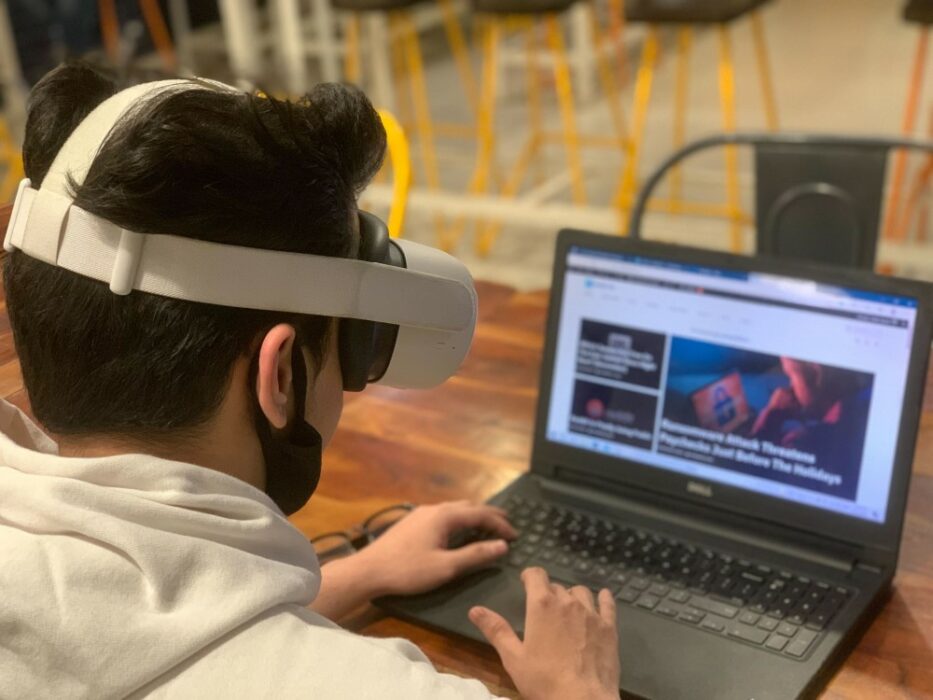
Even if I ignore the battery life and technical issues I faced during my working hours, there’s still the problem of how uncomfortable it felt. Having a headset attached to your head for long periods can be tiring for some people. This is especially true when trying to focus and work efficiently.
The Good
But even with these issues, it was not all bad. The most incredible thing about this was the immersion and a break from the monotonous work-from-home experience. As many people worldwide are in similar circumstances, I can see how this can be a breath of fresh air.
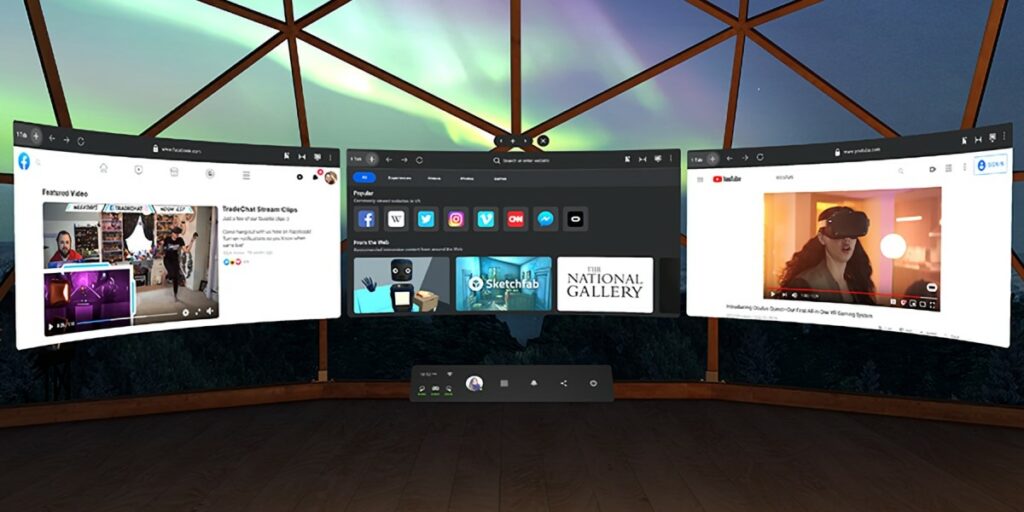
The multi-display setup (shown in the pictures above) can be helpful if you are a multi-tasker. But in some cases, they can be pretty distracting if you want to focus. If you think about the price of a multi-monitor setup, this is the cheaper alternative, but it also has its limitations right now.
In a few years and a couple of VR/AR headset generations later, I can easily see how tech companies can solve these problems with better hardware and software. There might come a time when VR/AR headsets can become quite the norm in day-to-day life. A standard PC or laptop setup won’t compare to a VR headset.
Gaming (Great but needs more games)
The main reason I bought my Quest 2 was to play VR games. However, after a couple of weeks, the excitement of playing games in VR diminished. This is not because the quality of games was in any way subpar. Some of them, like Beat Saber, even became one of my all-time favorite games. But the limited variety of available games is the main culprit.
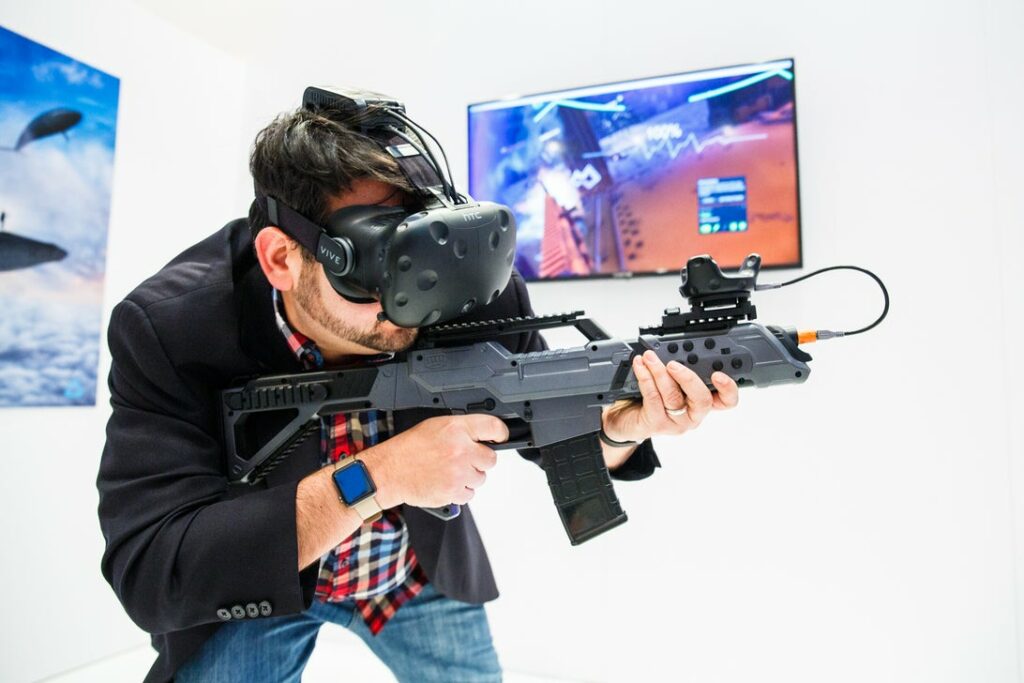
Even when I tried PC VR, most games were centered around shooting which is excellent but saturates the medium if that’s the only kind of content available. The potential of VR is impressive, but not many developers are thinking out of the box to utilize that potential.
Maybe that’s why games like Beat Saber, Rec Room, and VR Chat are among the most popular VR games out there. These games are different from the conventional shooting games that you can find everywhere in the industry. Look at the video below to see how different and fun the gameplay looks compared to your usual games.
That’s what VR needs right now; different and out-of-the-box games like we have never seen before. Imagine a VR real-time concert or an app that lets you tour iconic locations in real-time. This is the kind of stuff that can push this medium forward.
Socializing in VR Metaverse (The Outlier)
During the Covid outbreak, the social aspects of the VR ecosystem stood out more than the others. Apps like VR Chat, Rec Room, AltSpace, and Bigscreen VR are topping the charts. I wanted to experience what kind of parasocial situations these apps would put me in.
VR Chat and Bigscreen VR
The first thing I tried was VR Chat, one of the most popular social apps on the platform. It is sufficient to say I was not disappointed. As I stepped into different fantasy worlds and interacted with other people’s avatars, I realized this is what VR was made for.
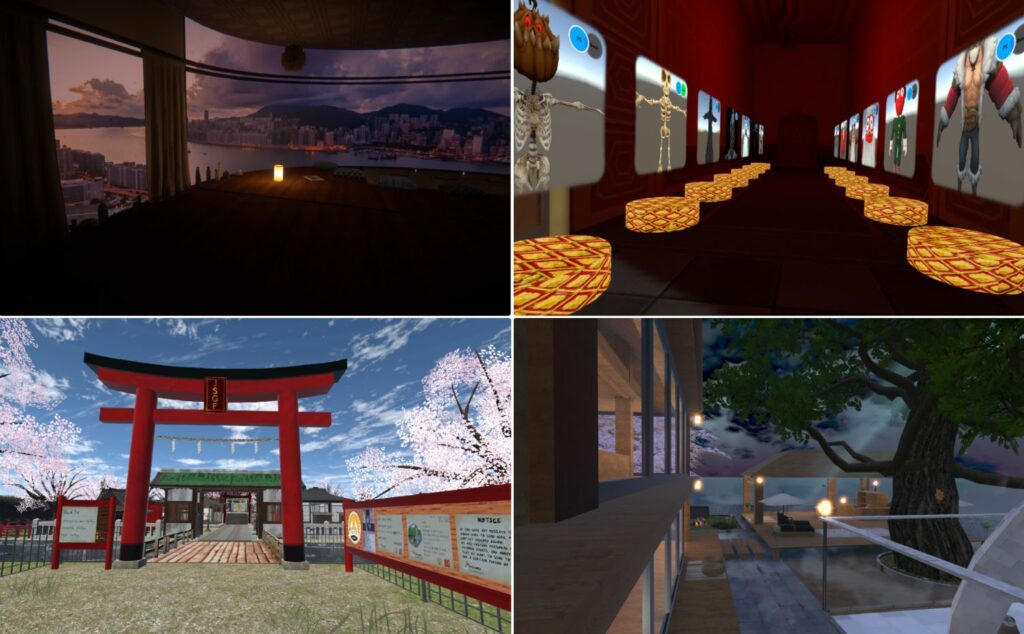
The sheer freedom of these apps lets users create unique worlds. In time these worlds became popular social spaces for people to interact. Out of these, I visited a lot of nightclubs, bars, party rooms, and chat groups in VR. Here is where I met some like-minded people who shared the same interests as I did without even stepping out of my room.
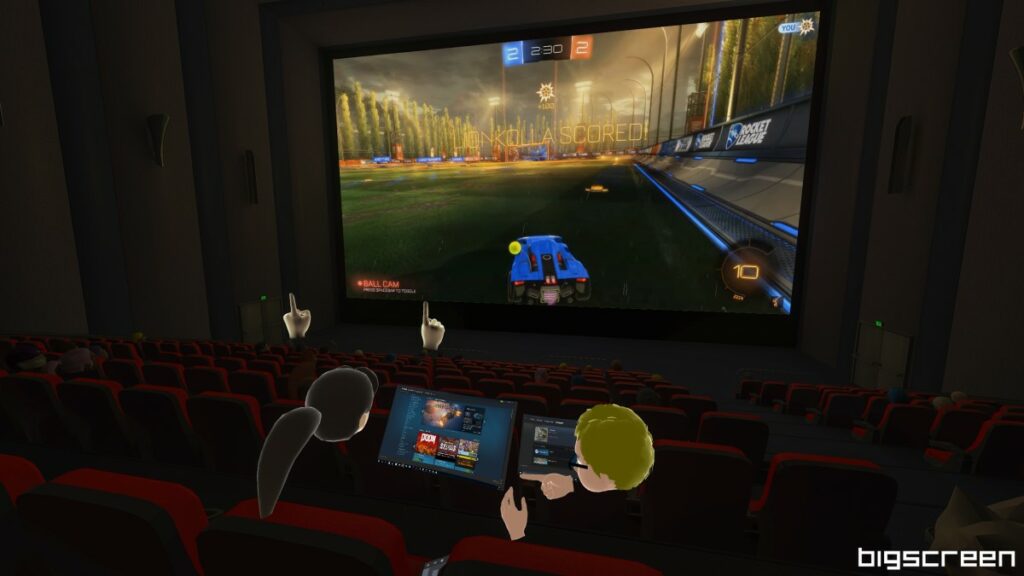

One of the most enjoyable experiences in VR was binge-watching Marvel movies with my newfound friends. With so many OTT platforms like Netflix and Amazon Prime, the need to go to movie theaters is declining quite fast. But I still missed the experience of watching a film in a theater. But thanks to Bigscreen VR, we could recreate some of that experience.
Like in regular video games, you might think you will only find guys or kids in VR, but no. To my surprise, VR seemed to be a medium loved by all. This is the first time I saw a game with a balanced male-to-female ratio. This might be thanks to the fact that you can be anyone in VR, even your favorite characters.
Conclusion
Metaverse might not be for everybody right now. It can be hard to accept this as a viable platform for the masses even in the future. This medium is meant for people interested in it, just like early adopters (like me). If, at some point, VR can be made accessible through our smartphones, it will be the turning point. But as of right now, smartphone-based VR is dead.
The Metaverse is still an excellent medium for gamers, given how cheap the entry point has become with the Meta Quest 2. As for the lack of games, you can expect more additions to the catalog in the coming years. This is thanks to Facebook’s commitment to building Metaverse and many other tech companies.

